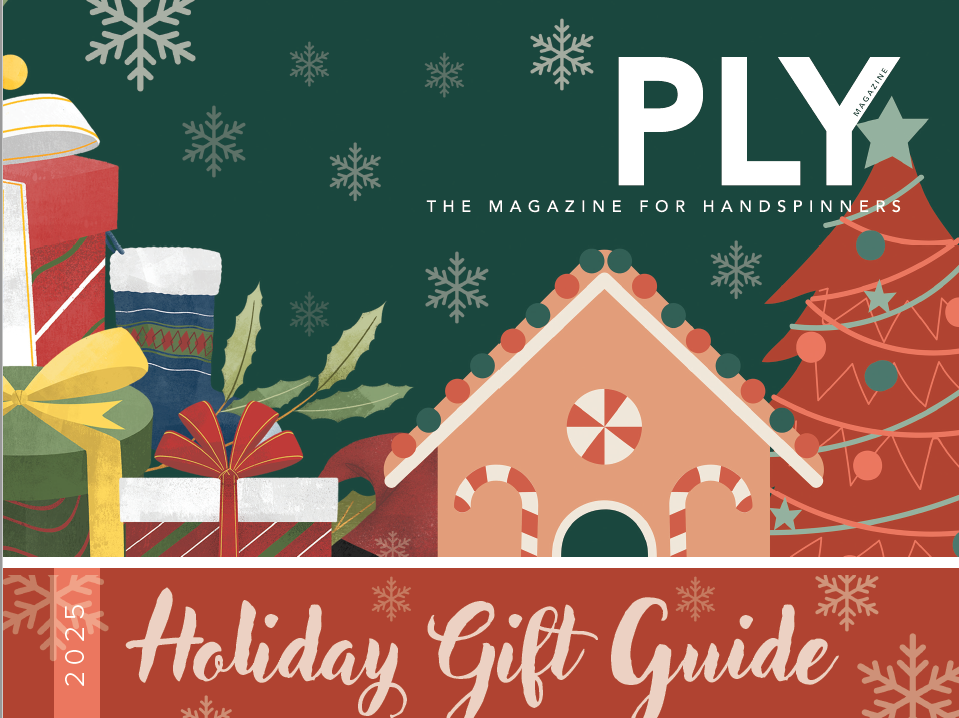Comfort Fiber
words by Sylvia Smith I write this while enjoying a cornucopia of natural offerings brought on by changing seasons. These seasonal changes have caused me to shift my focus from outdoor activities back to my fiber arts pursuits. My link to emotional quietude has been through fiber. Specifically, I am working through the home study […]

